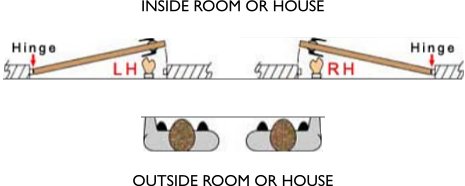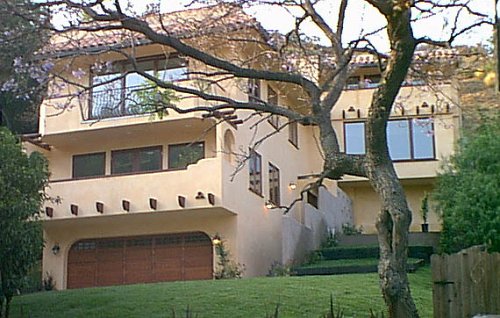The Gaia house charter
June 30, 2006 :: Categories: Inspiration, Resources
I came across this several years ago and it helped get me on the road to green building. — Eva
The Gaia house charter
by David Pearson
Design for harmony with the planet
Site, orient, and shelter the home to make best and conserving use of renewable resources. Use the sun, wind, and water for all or most of your energy needs and rely less on supplementary, nonrenewable energy.
Use “green” materials and products nontoxic, nonpolluting, sustainable, and renewable, produced with low energy and low environmental and social costs, and biodegradable or easily reused and recycled.
Design the house to be “intelligent” in its use of resources and complement natural mechanisms, if necessary with efficient control systems to regulate energy, heating, cooling, water, airflow, and lighting.
Integrate the house with the local ecosystem, by planting indigenous tree and flower species. Compost organic wastes, garden organically, and use natural pest control -- no pesticides. Recycle “greywater” and use low-flush or waterless toilets. Collect, store, and use rainwater.
Design systems to prevent export of pollution to the air, water, and soil.
Design for peace for the spirit
Make the home harmonious with its environment -- blending in with the community, the building styles, scale, and materials around it.
Participate with others at every stage, using the personal ideas and skills of all in order to seek a holistic, living design.
Use proportions, forms, and shapes that are harmonious, creating beauty and tranquility.
Use colors and textures of natural materials and natural dyes, paints, and stains to create a personal and therapeutic colour environment.
Site and design the house to be life enhancing, and increase the wellbeing or the vital life force, ch’i, of its occupants.
Connect the home with Gaia and the natural world and the rhythms and cycles of the Earth, its seasons, and its days.
Make the home a healing environment in which the mind and spirit can be free and flourish.
Design for health of the body
Create a healthy indoor climate by allowing the house to “breathe", and use natural materials and processes to regulate temperature, humidity, and air flow and quality.
Site the home away from harmful EM radiation from power lines and also away from negative ground radiation. Design to prevent the build-up of static and EM F from domestic equipment, and to avoid interference with beneficial cosmic and terrestrial radiation.
Provide safe and healthy air and water, free from pollutants (radon especially), with good humidity, negative-ion balance, and pleasant fragrance from herbs, materials, and polishes. Use natural air flow and ventilation.
Create a quiet home, protected and insulated from external and internal noise, and a pleasant, sound-healthy environment.
Design to allow sunlight and daylight to penetrate, and thus rely less on artificial lighting.
David Pearson is an architect and planner who has been actively involved in inner city and new community housing for most of his working life in Britain and the USA. Since the 1980s, he has been active in the fields of ecological design and Gaia philosophy (inspired by the view of the Earth as a living organism). He is Founder and Chair of the Trustees of the Ecological Design Association, an educational charity, and Editor of Eco-Design, the Association’s journal. He is also a Founder Member of Gaia International, an innovative group of international eco-architects who collaborate in competitions and architectural events.


